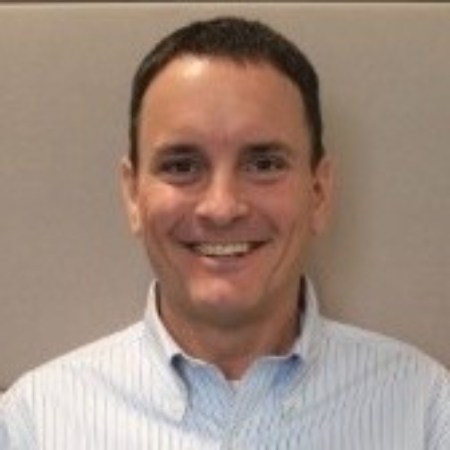How Gregory B. Myers Is Redefining Workforce Planning Through Predictive HR Analytics

In today’s world, where business environments are changing faster than ever, organizations are facing a big challenge: how do you plan for a workforce you don’t fully see coming? Traditional HR planning often relies on historical data turnover rates, headcounts, exit interviews but that only shows what’s already happened. Gregory B. Myers, a veteran in HR technology and transformation, is working to flip that script.
With more than 15 years of leading large-scale HR systems and strategy efforts, Myers has seen firsthand how predictive analytics can change the way organizations think about their people. He’s not interested in data for data’s sake. Instead, his focus is on using analytics to anticipate workforce needs, strengthen leadership pipelines, and help businesses stay one step ahead, all while keeping people at the center.
Seeing Around Corners with Predictive Analytics
For Myers, the power of predictive analytics lies in its ability to shine a light on what’s coming. “We don’t just want to know what happened last quarter,” he says. “We want to understand what might happen next, who might be at risk of leaving, where we might need new skills, and how we can prepare instead of react.”
This kind of insight helps companies make smarter, faster decisions. Instead of scrambling to fill gaps or rushing to hire externally, predictive analytics gives leaders the opportunity to invest in development, plan for succession, and identify opportunities to engage their people more meaningfully.
It’s not magic, it’s a matter of pulling together data from across the employee lifecycle, from hiring to performance to engagement and connecting the dots in a meaningful way. Gregory B. Myers uses tools and models that help HR teams make sense of the numbers and use them to guide conversations, planning, and strategy.
Changing the Role of HR
Part of what makes Myers’s approach so compelling is how it repositions HR as a strategic partner, not just a support function. When HR teams come to the table with data-backed forecasts and insights, they speak the language of business, risk, opportunity, growth and can make a real impact on long-term planning.
“HR isn’t just about policy or process anymore,” Myers says. “It’s about helping shape the future of the company. Predictive analytics gives us the credibility and clarity to do that well.”
From identifying emerging talent gaps to planning for demographic shifts in the workforce, his work is helping HR professionals not just respond to change, but lead it.
Keeping the Human in Human Resources
Despite all the talk about data and algorithms, Myers hasn’t lost sight of the people behind the numbers. He’s a strong believer in using technology to empower, not replace human decision-making.
“We use the data to ask better questions, not to make automatic decisions,” he explains. “Analytics can help us see patterns, but it’s still up to people to have the conversations, understand the context, and do what’s right.”
That mindset carries through to how he talks about ethics in HR tech, too. With more data comes more responsibility to be transparent, to protect privacy, and to make sure tools aren’t reinforcing bias. Myers believes in setting clear guardrails and being open with employees about how and why their data is being used.
Looking Ahead
The future of workforce planning isn’t just about numbers, it’s about balance. Gregory B. Myers is showing that it’s possible to combine the power of predictive analytics with empathy, judgment, and strategy. As companies continue to navigate uncertainty, his work is offering a path forward: one that’s smarter, faster, and most importantly, human.
“Good planning starts with good insight,” Myers says. “But great planning? That happens when you use those insights to make decisions that truly support your people and your business.”